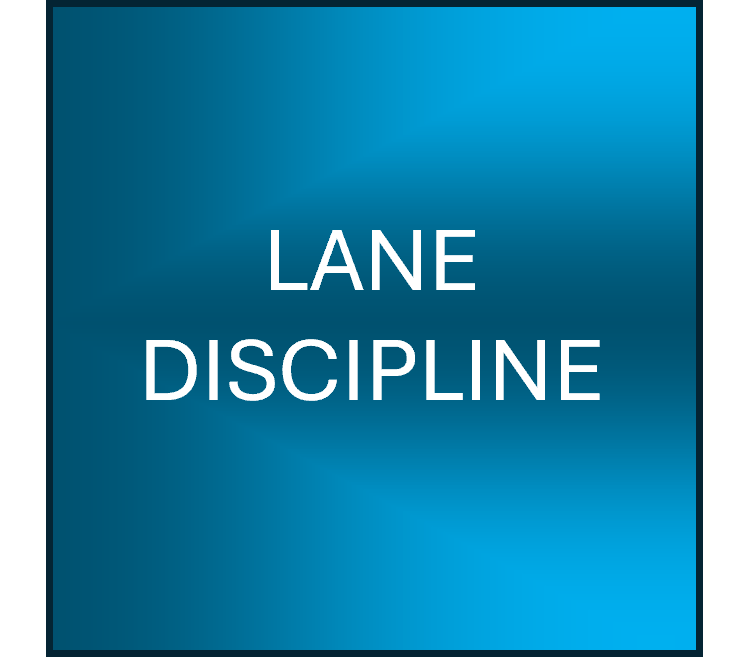
It is exactly what it says it is

It is exactly what it says it is
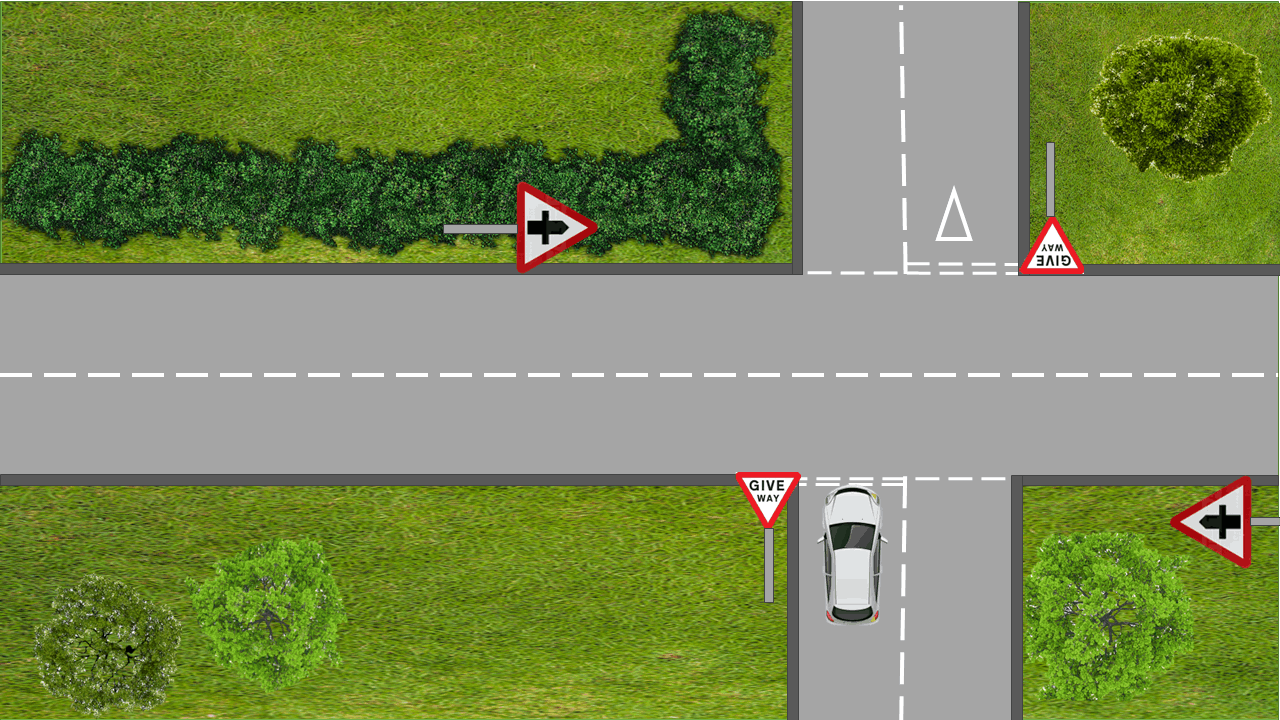
Ahead?
Left?
Right?
Can make all the difference to whether another road user understands your intentions.
It's like giving a signal without giving a signal!
To those who have been taught correctly, the natural assumption is that because there are no indicators flashing and the car is positioned centrally in its lane
the car "should be following the road ahead.
But until it actually moves we really can not be sure, and we should NEVER assume what another vehicles intentions are.
If the car was positioned to the left of their lane with a left hand signal indicator flashing it's pretty much a guaranteed or at least a 99.9% chance they are going to turn left when they emerge.
Likewise, if the car was positioned near to the centre line of their lane with a right hand signal indicator flashing it's pretty much a guaranteed or at least a 99.9% chance they are going right when they emerge.
We understand this because it's how the vast majority of are taught to drive as a learner.
The reason this is taught, is so we as driver's can make our understanding of the correct way to drive a "norm" so that we can believe that this is how other drivers will also have been taught, allowing us to make informed choices regarding to the actions we make.
To be honest, T-junctions, Y-Junctions, Crossroads, Junctions on a bend, Staggered junctions are all relatively easy to work out what drivers intentions are as long as their position in the road, along with an signal indicator backs up their position.
BUT ROUNDABOUTS ARE A TOTALLY DIFFERENT BALL GAME
AND A DANGEROUS BALL GAME AT THAT
WHEN DRIVERS DON'T DO WHAT THEY ARE MEANT TO DO!
Image 1
The road markings say that they are permitted to turn left or follow the road ahead.
But without a signal indicator being engaged other drivers can only make the assumption that the car is going to be travelling ahead.
And this is because that is what we have been trained to understand a driver will do when following the road ahead at a roundabout with no signal on while approaching a roundabout.
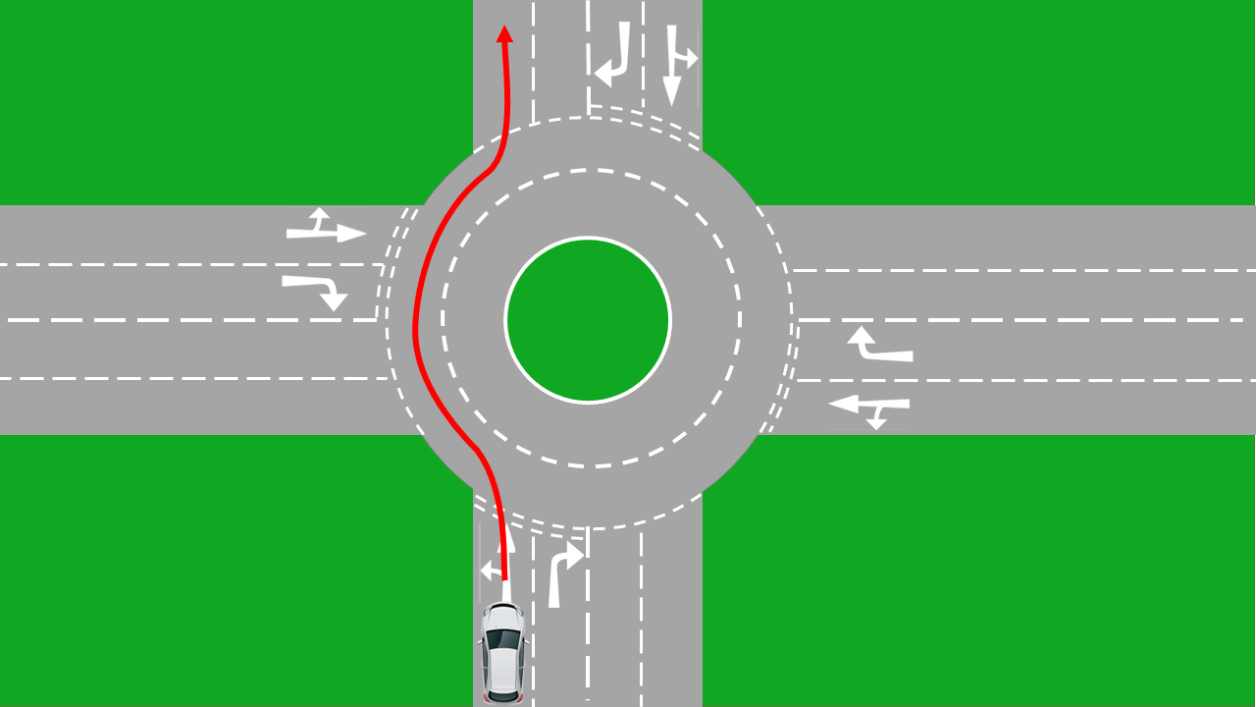
Image 2
Although the position of the car is not the best, maybe because the lane itself is quite narrow, the driver has placed on a left hand signal indicator and because we have been trained to signal left on the approach to a roundabout if we are turning left and taking the first exit. It is quite clear to other road users the intentions of the car.
To make this information even clearer the driver could possibly have moved slightly more to the left of their lane

Image 3
They first and foremost are in a lane that only permit traffic to turn left or follow the road ahead, so they would be committing a road traffic offence for being in contravention of road markings. The have also committed two lane discipline faults for crossing from one lane into another and back again as they exit the roundabout.
This type of move is extremely dangerous especially on a fast moving heavy flow roundabout.
THIS IS LANE DISCIPLINE IN ITS WORST FORM
THIS IS NOT WHAT DRIVERS SHOULD BE DOING
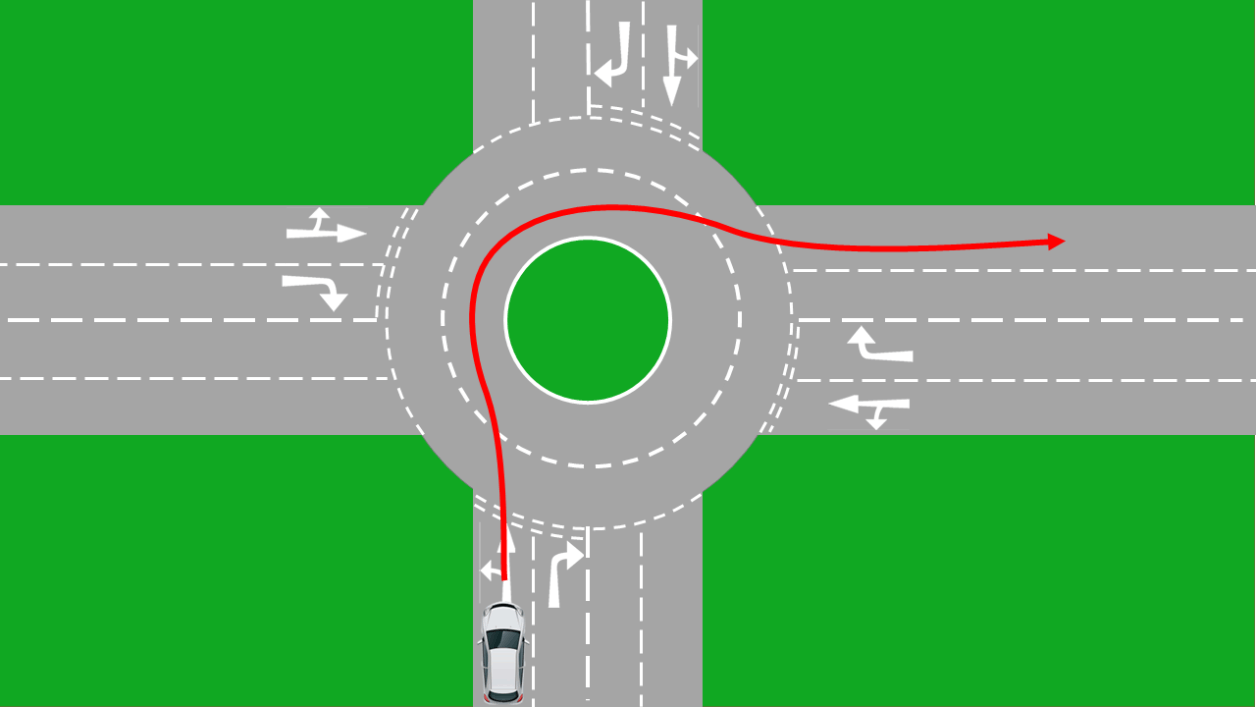
Had the driver arrived at the roundabout as in Image 3 and wanted to take the 3rd exit, their safer choice would have been to either:-
1. Signal left and take the first exit, found a side road and turned around in it and then come back to the roundabout and selected the correct lane for their exit, or
2. Carried on following the road ahead and done the same thing with finding a side road and coming back to the roundabout to take their correct exit by selecting the correct lane on the approach.
Had there been a vehicle to the right of the white car and they emerged onto the roundabout at the same time, it is highly likely that the white car would have been the cause of an accident, or in the least have caused the other vehicle to stop to avoid an accident happening.
Not matter what the reason, if you get in the wrong lane on approach to a roundabout, just go with it. It is much safer to turn around and come back and select the correct lane for your exit.
Had the white car been in the right hand lane on the approach to the roundabout but actually wanted to take the first or second exit, they could have achieved this much easier by just continuing around the roundabout and then selecting the lane to exit as they came back around. This would be substantially safe then shooting across lanes possibly in front of other vehicles.
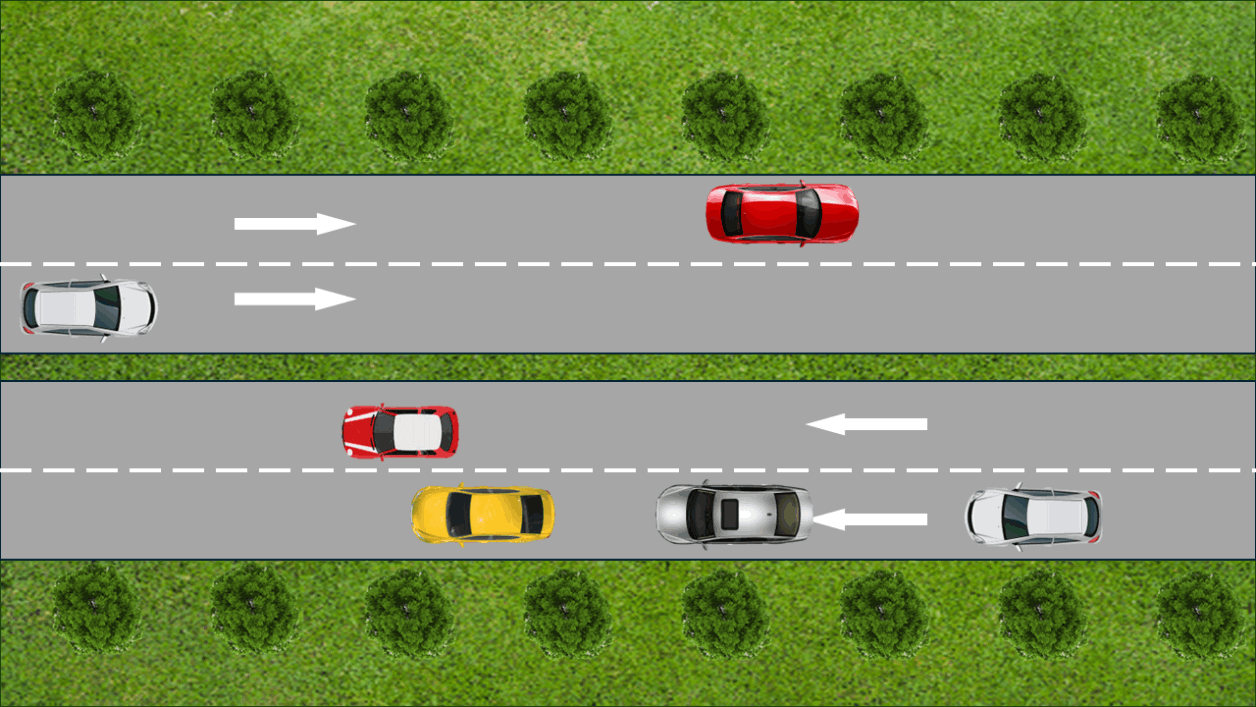
Dual carriageways and Motorways or roads with more than 1 lane
(other than one way streets)
Where there are two or more lanes, the left lane is always to be considered the normal driving lane unless markings state otherwise.
All lanes to the right of the left lane have two purposes generally, and that is for either:-
TURNING RIGHT
OR FOR OVERTAKING
If you are not doing either of these, then you should return to the left lane at your earliest opportunity.
It is ok to remain in the right lane if you are making faster progress on a vehicle in the left lane but who are ahead of you but would cause you to move left and then very shortly after moving into the the left lane needing to move right again to overtake them, but to just sit in the right lane would be deemed lane hogging and you potentially cause frustration to following vehicles who may be wanting to overtake you.
It is irrelevant that you may be travelling at the maximum speed limit for the road you are on, there may be others who feel that you are not going fast enough or in a position of emergency and need to get somewhere quickly. Although we all frown on drivers exceeding the speed limit, it is NOT our place to police these actions. To sit in that lane with the attitude of "i'm doing the speed limit, you shouldn't be overtaking me" is not your place. Just move back to the left lane and let them pass.
Lane hogging on a motorway is prosecutable for driving without due care and attention, and could land you with 3 points and a £100 fine.